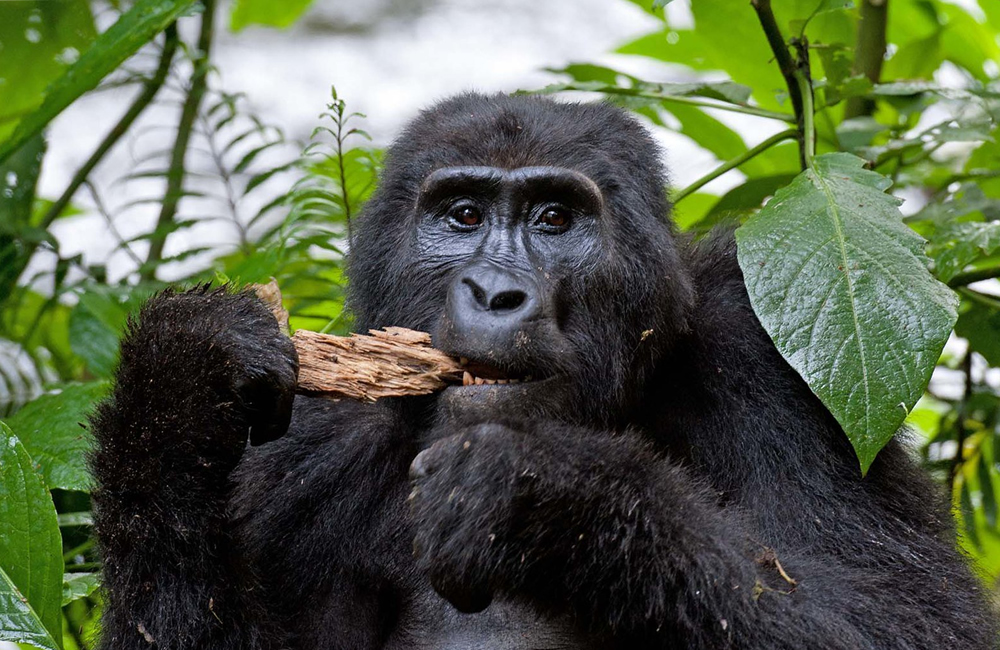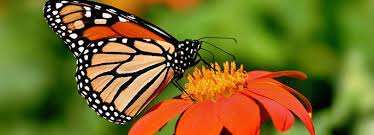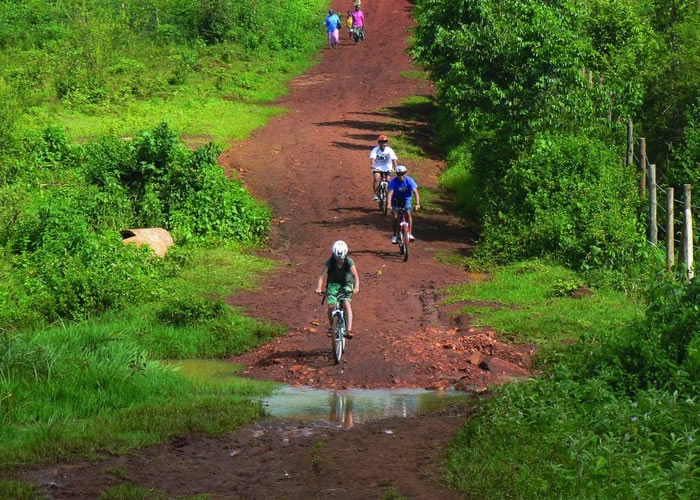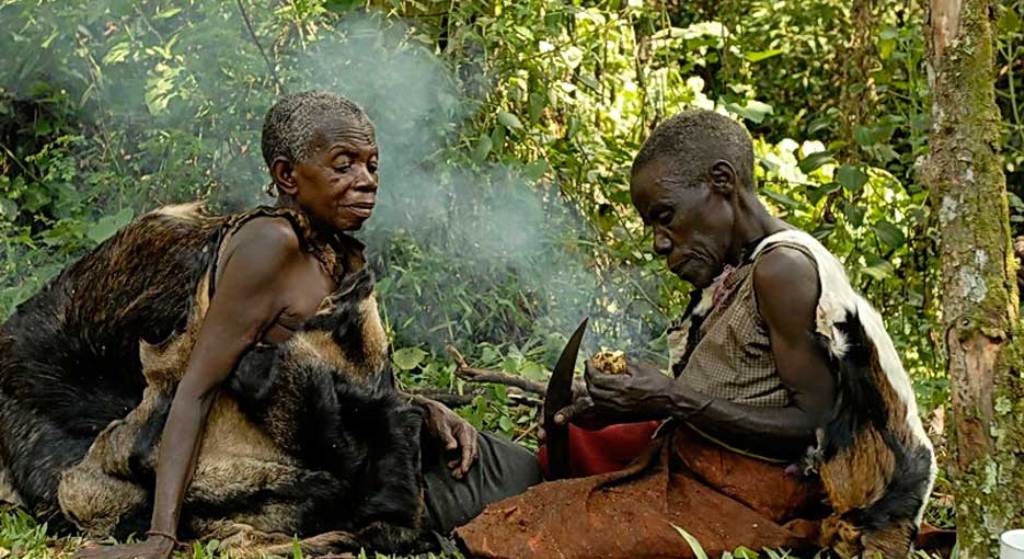
Activities you can’t miss in Bwindi Impenetrable National Park on your Uganda safari
Activities you can’t miss in Bwindi Impenetrable National Park on your Uganda safari.

In southwestern Uganda, Bwindi National Park stretches from lowland to montane forest. Believed to have been a refuge for the species during the last ice age, it is now famous for its population of wild mountain gorillas.
The main activity in Bwindi is gorilla trekking and it’s easy to see why. The forest is home to nearly half of all mountain gorillas on the planet today, and getting up close with these amazing animals is an at least once-in-a-lifetime experience.
However, those who come to Bwindi just for a gorilla trekking safari and leave soon after, run the risk of missing out. With a little more time to explore the forest, you’ll discover the park’s unique flora and fauna, find the best hiking trails, and meet the fascinating people who have made the forest their home.
Discover Bwindi’s incredible biodiversity
The landlocked Bwindi National Park is home to incredible biodiversity, including 10 species of primates, 120 species of mammals and 220 species of butterflies, all of which are endemic to the park.
Unfortunately, many of these species are threatened worldwide. Bwindi is an important front in conservation efforts. Ecotourism activities, such as nature guides and nature tours, have been identified by UNESCO as one of the most important ways to support the future conservation of the park.
Things to do in Bwindi National Park
Nature Walks
Nature Walks in Bwindi take you through the green forest and there are a number of routes to choose from depending on your interests, fitness level and time constraints.
If you are looking for a good hike on your trip, Bwindi has some of the best hikes in the Southwest.
There are 6 hiking trails to choose from, each going through a different part of the forest. Along the way, also discover some of Bwindi’s lesser-visited attractions, including Muyaga Falls, Habinyanja Swamp and the ‘African Corner’, named after a rock said to represent the map of Africa.
Activities you can’t miss in Bwindi Impenetrable National Park on your Uganda safari
Find Butterflies!
Bwindi is a butterfly fan’s dream. The forest is the most important habitat in all of Africa for montane forest butterflies and is home to 202 different species, representing 84% of Uganda’s total, including eight species endemic to the national park.
Walk through the forest to find the extremely rare Great African River Swallowtail or Creamband Swallowtail.

Birdwatching
Bird lovers also get their money’s worth. In the forest, 348 species of forest birds have been recorded in the park, 23 of which are unique to the region. Some notable ones include the African green, Chapin’s fly, and Shelley’s purple. The main nesting season is May and also June, and there is plenty of food for the birds from May to September. Migratory birds can be seen in Bwindi from November to April.
Many of the bird watching tours in the Buhoma region take place along village paths and forest edges. They are also located in the Ruhija area of the park, where expert guides take visitors through the park to see various forest and wetland birds in their natural habitat. Wherever visitors go to Bwindi, birds are always plentiful and easy to spot.
The Entebbe Botanical Garden is home to the red sunflower.
Explore the forest by bike
In the Buhoma area of the Bwindi Impenetrable Forest, visitors have the opportunity to explore the park by mountain bike. There is a 13 km path that takes cyclists from the forest to the banks of the river Ivy. The route takes about 6-7 hours, including time to stop and enjoy the amazing scenery and admire the wildlife.
Organized by Buhoma Community Holiday Camp, this mountain biking experience is part of a community initiative called Ride 4 Women, which also supports local women fighting HIV, domestic violence and poverty. By renting a bike, guests directly support the organization’s great efforts to help women and the local community.

Due to the success of the organizations, they have expanded and now offer a women’s sewing and weaving cooperative. Visitors can spend time with the women and try their hand at weaving.
Visiting Batwa Communities
Batwa are the original inhabitants of the forest. An ancient race of hunter-gatherers, they lived far from and in harmony with the forest until the creation of a national park in 1992, which led to their expulsion and expulsion into a modern world of which they knew little.
Since then, they live on the edge of the forest, do not hunt, often sit in the village park, are illiterate and cannot build a future for themselves. The result is also similar to what indigenous communities around the world have experienced: alcoholism, prostitution and the disintegration of ancient ways of life.

While it has always been possible to ‘visit’ Batwa communities since the establishment of the park, these experiences have been tragic and tawdry observation of desperation, with any cultural element staged for a perceived tourist appreciation.
Happily, in recent years, that has changed. By visiting Batwa cultural projects run by the Batwa Development Programme, it is possible to learn about and support this fascinating, vulnerable, culture in a sensitive and appropriate manner.
Guided walks with the Batwa
One of the best ways is to take a guided walk into boundary forest purchased by the programme and set aside for the use of the Batwa (excluding hunting), accompanied by an interpretive guide also from the neighbouring Bakiga community.
Climbing a hundred metres or so above Buhoma, you will meet the Batwa welcoming community having representatives of the community from the young to the very old. Then you walk along the road (while gasping and stumbling) and also stop for vivid pictures of their lives, from preparing traps to building houses and disposing of the dead.
This is not a happy ending. The Batwa have to live in the jungle and probably never will again. So there is an air of sadness about the experience. But the guides certainly enjoy the experience, and the sights and sounds of your hours on the trail will stay with you for a long time. This is because your money helps support a sustainable medical and also educational line for the Batwa community..
Book your safari now and enjoy all these activities.
Our top rated safaris:






